

The New Zealand Government has a vision of becoming predator-free by 2050. The Department of Conservation (DOC) and other organisations are working together to realise this vision for New ...
READ MORE

Riffles, pools, reaches, rapids, waterfalls, glides, eddies, meanders, overhangs and undercuts – there’s more to a stream than just water. Streams are smaller water bodies, characterised by ...
READ MORE
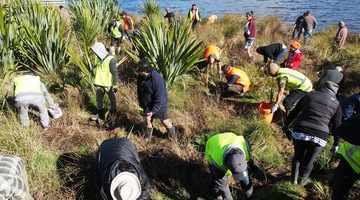
Our freshwater native fish like to keep their cool. They’re used to shaded waterways lined with dense vegetation because over 80% of New Zealand was once forested. Stream work for fish is ...
READ MORE
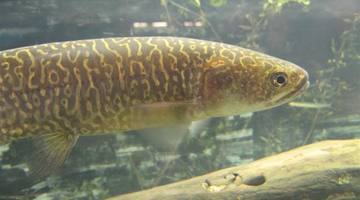
In this activity, students can test their knowledge of freshwater fish online or in a paper-based quiz. The quiz can be used as an introductory tool to gauge students’ prior knowledge, as a ...
READ MORE

In this activity, students consider some of the ethical issues involved with keeping earthworms (and other animals) captive in a classroom setting. By the end of this activity, students should be ...
READ MORE

In this activity, students use two separate online interactives or paper-based graphic organisers to explore these key science ideas: what makes something living and what makes something an ...
READ MORE
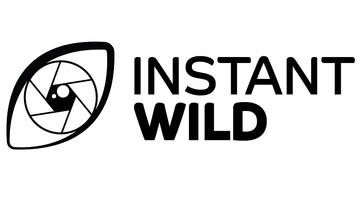
Instant Wild is an initiative by the Zoological Society of London. Photos or videos of animals are recorded using hidden cameras in a range of worldwide locations. The aim is to increase the ...
READ MORE
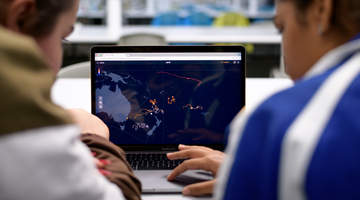
Although invisible to the naked eye, marine microbes drift continually in our ocean systems, quietly consuming up to 50% of the Earth’s CO2 through photosynthesis and producing nearly as much ...
READ MORE

Be part of a worldwide movement and use Global Earth Challenge to submit or classify photos to help our planet’s environment and human health. Global Earth Challenge is a citizen science campaign ...
READ MORE
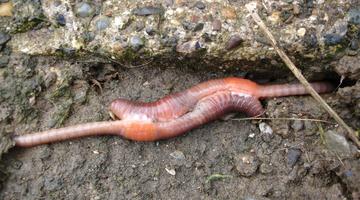
Earthworms are of interest to most children, are easily accessible and are an animal species easily kept in the classroom for short periods of time. This makes them ideal subjects for exploring ...
READ MORE

To most of us, one earthworm resembles another. Although earthworms do have common characteristics, species differ widely in their size, skin colour and in the roles they play in the soil ...
READ MORE

Here are links to Science Learning Hub resources for primary teachers related to life cycles in the Living World strand of the New Zealand Curriculum. Explore the life cycles of birds ...
READ MORE
Researcher Cheri van Schravendijk-Goodman discusses the problem with culverts that disconnect habitats of fish from the main river. She describes the use of fish ramps and baffles and how they ...
READ MORE
Researcher Cheri van Schravendijk-Goodman explains why some plants are considered pest plants within the Waikato River catchment. These plants invade the catchment area and often compete with ...
READ MORE
Dr Ashley Rowden, of NIWA, believes we have an obligation to document our biodiversity and to protect and conserve it. Cold-seep communities are special habitats consisting of unique organisms ...
READ MORE
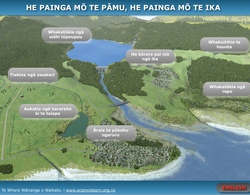
Tirohia ngā rautaki e ora tonu ai ngā arawai mō ērā kei te taha whakararo o te wai me ngā ika taketake, waihoki ka whaihua hoki ngā pāmu, e kore ai hoki e heke iho ngā putanga. Hei tirotiro i te ...
READ MORE
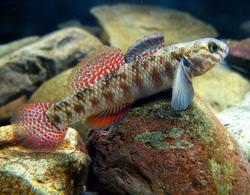
Test your knowledge New Zealand's freshwater fish with this quiz.
READ MORE
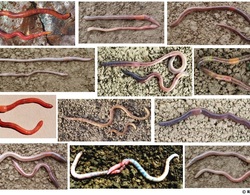
Learn more about introduced and native earthworms in Aotearoa New Zealand. Use the Slideshow menu for further options, including view full screen, and go here for the download option.
READ MORE